Home /
Ventricular parasystole, Parasystole, Pararrhythmia, Ventricular parasystolic rhythm, Protected pacemaker
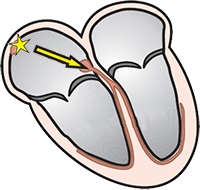
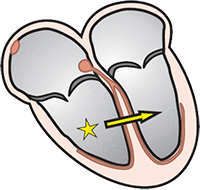
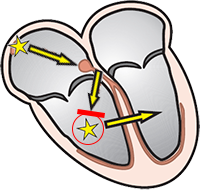

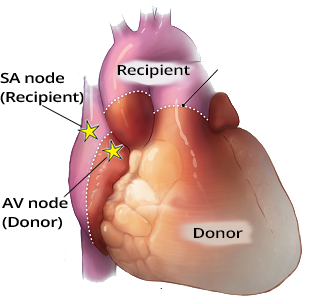


Ventricular Extrasystole

Ventricular Parasystole
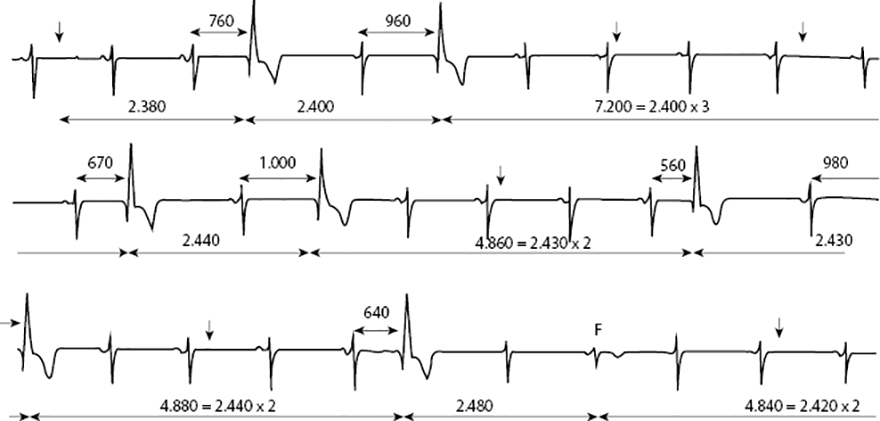
Ventricular Parasystole

Ventricular Parasystole


Atrial Parasystole and Heart Transplantation
Sources
Home /
Ventricular parasystole, Parasystole, Pararrhythmia, Ventricular parasystolic rhythm, Protected pacemaker
Heart Rhythm
|
 |
Ectopic Ventricular Focus
|
 |
Unidirectional Electrical Block
|

|
Parasystole
|
 |
|

|
Ventricular Extrasystole (VES)
|
 |
Ventricular Extrasystole

Ventricular Parasystole

Ventricular Parasystole

Ventricular Parasystole

|
Atrial Parasystole and Heart Transplantation
|

|
Sources